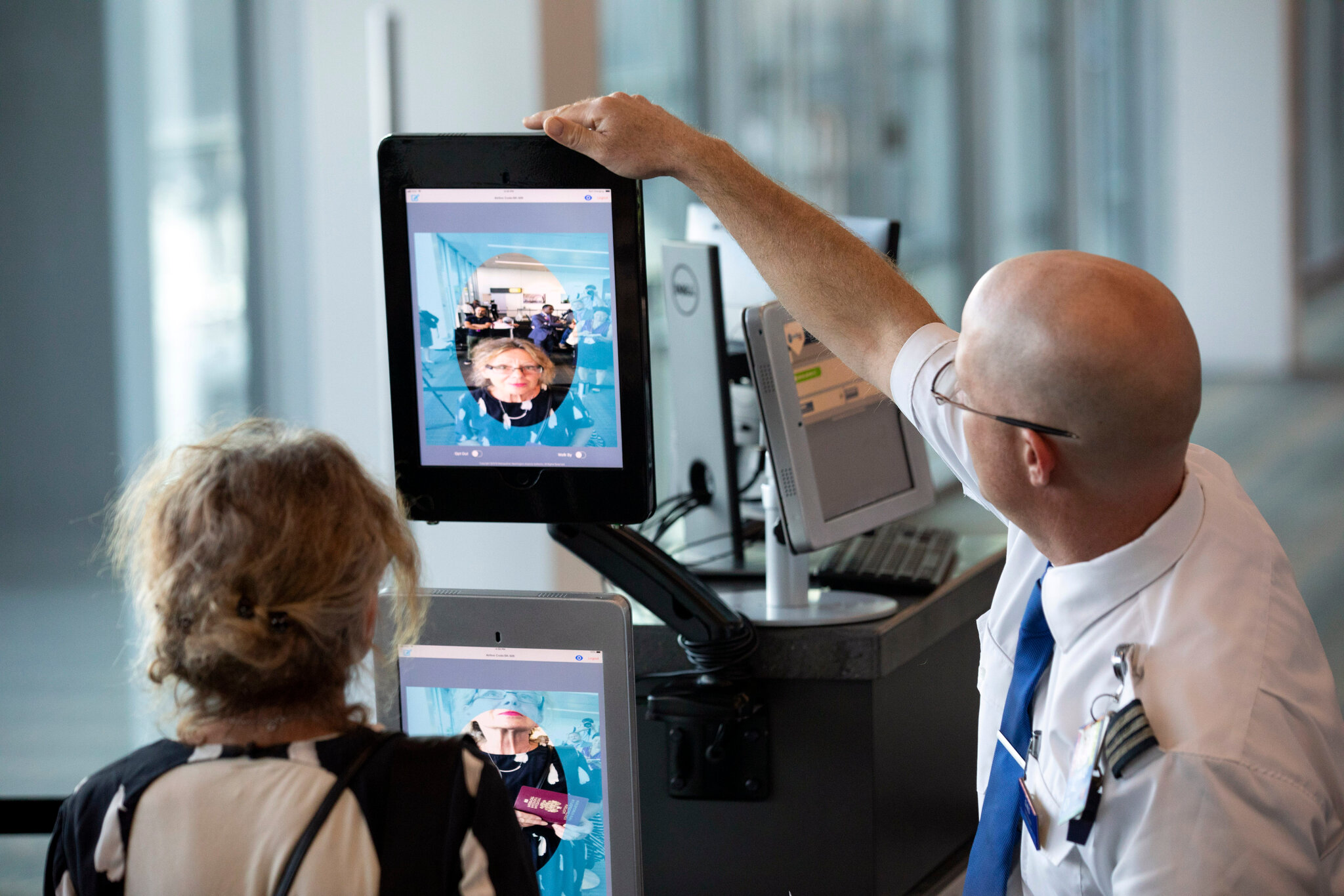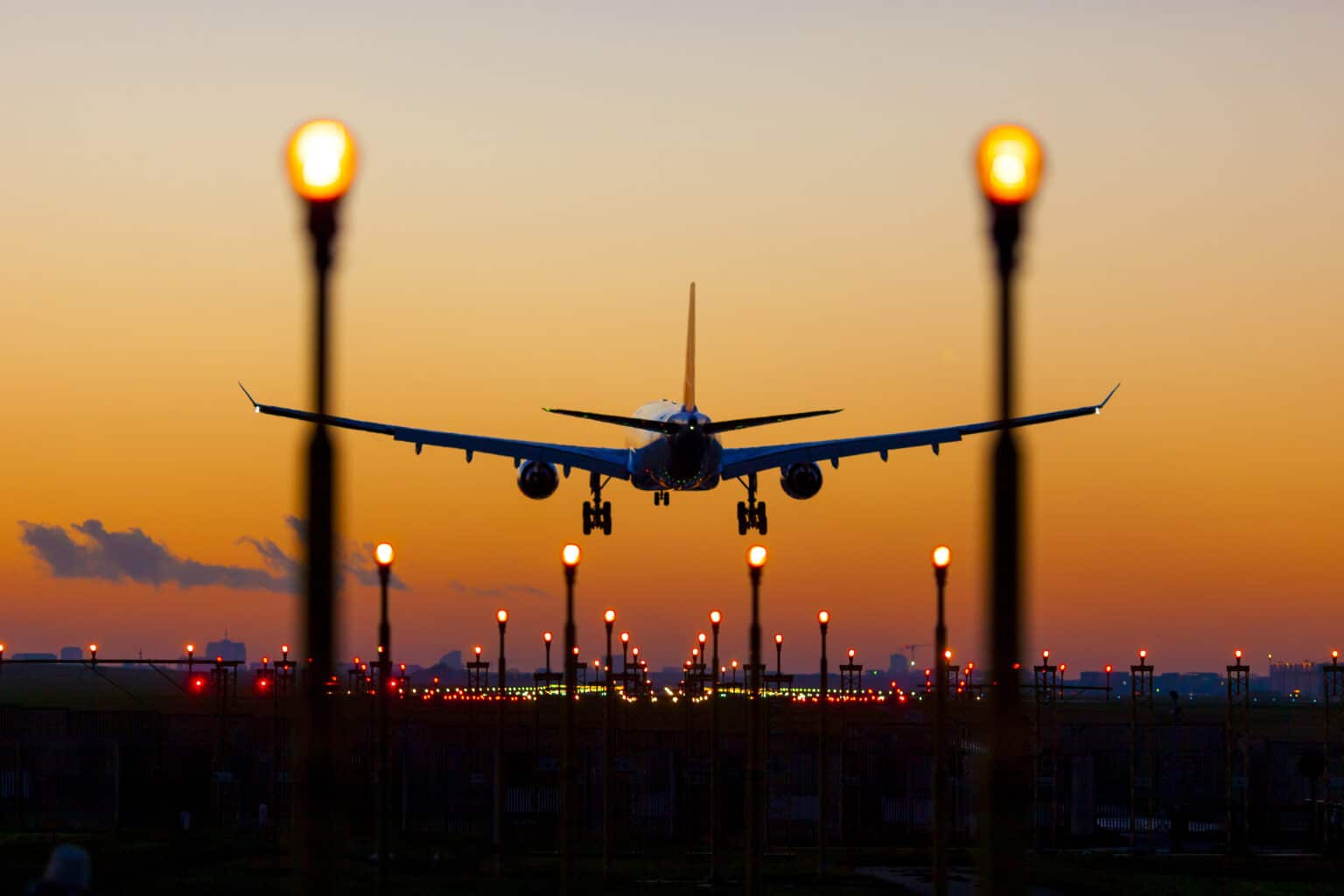
The Future of Travel: Face Recognition Technology at Denver International Airport
As travelers gear up for a bustling summer season, the Denver International Airport (DIA) is at the forefront of modern travel technology. With the Transportation Security Administration (TSA) projecting record numbers during the 4th of July holiday week, a new system is being tested that could streamline the airport experience significantly.
 Innovations at Denver International Airport
Innovations at Denver International Airport
On June 30th, the TSA reported that more than 86,000 passengers passed through security at DIA, making it one of the busiest days on record. Amidst this surge, the implementation of face recognition technology is proving promising as it aims to enhance the efficiency of security screenings. This cutting-edge technology scans government-issued IDs to quickly retrieve travelers’ boarding information, taking a mere 10 seconds.
Yet despite these technological advancements, it’s not all smooth sailing at the airport. Common hiccups still impede the flow of security. Passengers often arrive unprepared, failing to have their IDs handy or mistakenly packing fluids, which contributes to unnecessary delays.
“They do not leave enough time,” said Lorie Dankers, spokeswoman for TSA Colorado. “When they get to the airport, they already are feeling behind… Nobody likes that feeling of being rushed.”
Preparing for the Airport Rush
Indeed, the sense of urgency often felt by travelers is palpable. With expectations of up to 85,000 passengers moving through the airport daily from June 28 to July 8, planning ahead has never been more critical. Passengers are encouraged to check flight statuses and allocate a minimum of two hours for security checks.
 Common challenges at security screenings
Common challenges at security screenings
As someone who has frequently navigated through the chaos of airports, I can relate to that anxiety. The unpredictability of each travel day seems to amplify as flights are delayed, gates change, and security lines swell. Incorporating technology that reduces waiting times while simultaneously ensuring safety inspires hope. I remember a recent experience at DEN where I spent what felt like an eternity standing in line, only to find that the x-ray machine was down. Such disruptions stand in stark contrast to the promise of quick face recognition scans.
The desire for hassle-free travel resonates. We all want to ensure that each journey is a seamless transition from home to destination without unnecessary delays or setbacks. And as more airports begin adopting this technology, the expectation for improvement will only intensify.
Embracing Change at the Airport
The TSA indicates that despite the introduction of automation at airport security, human error still plays a significant role. The combination of cutting-edge technology alongside traditional methods might just be what we need to set a new standard in travel efficiency.
 Adapting to new technologies in travel
Adapting to new technologies in travel
While it’s tempting to see the TSA’s technology rollout as a panacea for airport woes, we must also acknowledge the challenges it faces. Not every interaction with passengers can be replaced by a machine, and the reality of human behavior is something technology cannot predict or manage completely. It requires us as travelers to adapt, to be prepared, and to embrace these changes thoughtfully.
In my opinion, the integration of face recognition technology could revolutionize the passenger experience, but it will only succeed if people take responsibility as well. The airport needs a partnership between the tech and the traveler to make this seamless transition a reality.
Conclusion: A Call for Consideration
As we approach this busy travel season, it serves as a reminder to approach our journeys with patience and preparedness. We should all strive to arrive at the airport early, equipped with the necessary essentials to avoid delays. While Denver International Airport takes steps to innovate and evolve, the onus is on us as passengers to adjust our own travel habits as well.
With exciting new technologies introduced at key airports around the country, we might just find ourselves on the brink of a new era of travel. Let’s embrace the changes, but more importantly, let’s be ready for them. Safe travels!















